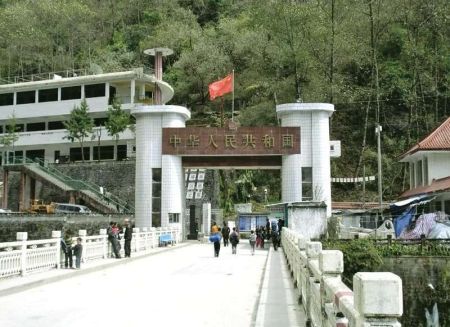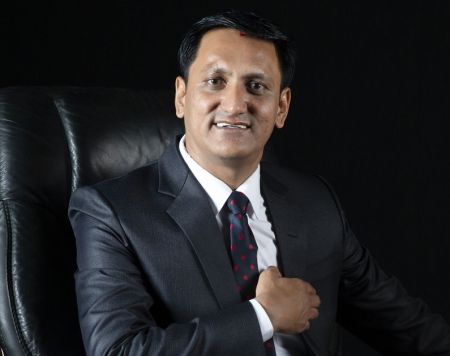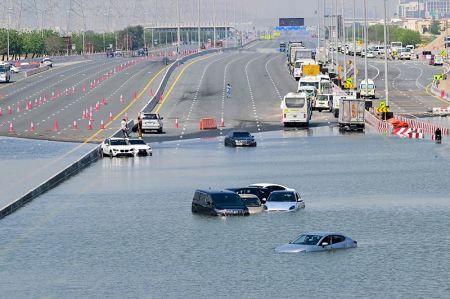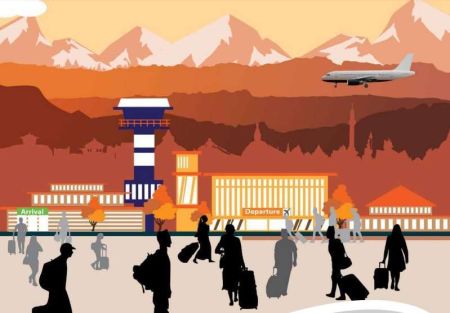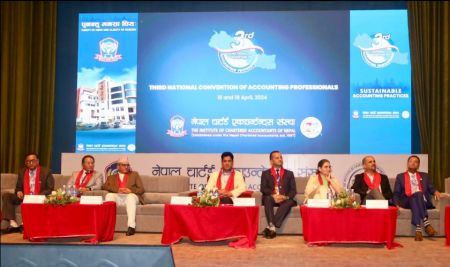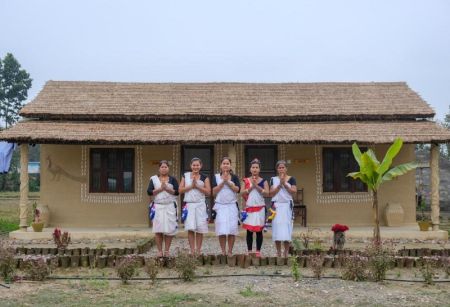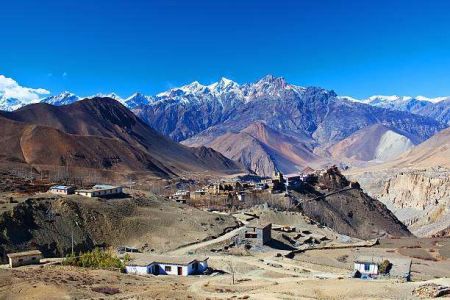--By Dr Chandra Mani Adhikari
There is lot of hue and cry for a new constitution that will have highly suitable federal structure. But, it does not look conducive enough for a successful election followed by good governance.
A better Nepal is still a distant dream. Being optimistic, one can say things can be brought back on right track but that is possible only with a strong determination and attitude backed by a rigt thought. It requires quality leaders with logical, inclusive and judicious representation as well as balanced executive 9or administrative structure.
The date of election has been set and the Election Commission is working within a given framework. But issue and essence require more debate while it is also urgent to have constitution.
In this regard, some observations on the basis of the international experience and national reality are pertinent. The state’s structure can be divided into three systems. One is related to formation of the government. The second is defined power of the government whereas the third is the mechanism to serve the grassroots. The federal system has been developed since 17th century.
The unitary form of governance was implemented after the First World War which didn’t work properly in practice. Regarding the forms, the main question regarding the federal or unitary system is motive of separation of rights for balancing different levels of the government.
In some federal countries, the center seems more powerful in others the states are more powerful. In principle, federalism is the system of self-governance by the state based on rule-of-law. Thus, federal system would not be meaningful in undemocratic environment.
Nepal is already a federal republic, if we go only by the Interim Constitution of Nepal. But in practice, it is still to be federal. Many questions such as those related to the structure of the state, basis of restructuring, methodology of building the federal nation, the form of government, election system and judicial system are still unanswered. Moreover, there is still no consensus on the issues of culture, geography, economic resources, population, infrastructure, level of social understanding and nature resources that a state needs to have to qualify to be a federal state.
Other hot topics for discussion are the number of federal states, their geographical border and authorities of the legislative and executive bodies of the federal states.
.jpg)
Two best examples of successful federalism are Switzerland and USA where many smaller nations tied up into the confederation. However, in USA the confederation was not working properly in the beginning. So, in 1781, USA declared the Federal Constitution with relatively more power to the center.
After 50 years of experience with its own style of federalism, Switzerland too issued American model constitution in 1848 that aimed to enhance cooperation among the states. Germany introduced cooperative base federal constitution in 1871 and Belgium, France, Spain and South Africa followed it. Some countries like Bosnia and Herzegovina, Ethiopia, Congo and Iraq entered into federal system with background of conflict and other historical accords.
On some instances, economic disparity, religious differences and geographical differences too have led to federalism. Canada is one such example.
Nepal declared itself a federal state after people’s movement. And there are various reasons and logic behind the Nepali federalism. These include safety to the local community from encroachment of outsiders, institutionalization of democracy and making the state more inclusive. But what is happening (and has happened) in Nepal is different than the global experience.
Nepal’s need is to end all sort of social and economic disparities by ensuring a conducing economic and political infrastructure through a political and constitutional consensus, using federalism as an instrument. In this context, it’s irrelevant to ask whether the state should be restructured on ethnic lines. Lengthy debate on the question whether the states should be based on single ethnicity or multi-ethnicity identification has proved futile.
To make federalism successful in its objectives, we should scrutinize the real challenges and potentials, which are directly related to state restructuring. These include Nepali ethnicity management (with a goal of transforming current Nepali society into socially-economically and politically prosperous future) geographical balance and finding an optimum in terms of types, name, levels, numbers and size of federal and state governments. Also challenging is the question of whether optimization can be achieved with identification of appropriate determinants like population, geography and some other context.
Among such contexts, the distribution of resources plays a prominent role. This is related with the need divide and assign the economic and revenue rights — PROPERLY — between the governments where resources can be mobilised in right proportion through (double, united or moderate) mechanism. This may require establishing a new set of institutions to run the system. The total size of the national budget will grow as each state will have its own government-legislature, chief minister and ministers and so on. We need consensus to determine a manageable size for all these.
While determining the size and number of the provinces, presently available physical and economic resources, density of population, geographical area, level of technology, means of transportation etc should be considered. Another prominent reality to be accepted is the beauty of diversity. The Mountains, hills and the plains — these three geographical regions are interdependent; however all aspects of such dependencies are not measurable economically.
The strength of the Hills is water as well as some other natural resources and high possibility of tourism industry. Whereas the strength of the Terai lie in the vast fertile land, urbanization, dense population and more economic activities.
However, these factors may change in the future for example; migration may change the demographic structure. In this context, all the political parties and the policy makers need to be careful while allocating the economic resources and political rights between the states and the centre.
In conclusion, striking a balance between the economy, politics and social aspirations of people is needed to design an optimum form of federalism. It is really the responsibility of present leadership to work for the next generation for a better and prosperous Nepal.
(Writer is an economist and also chairman of National Council for Economic and Development Research (NAREC Nepal)







